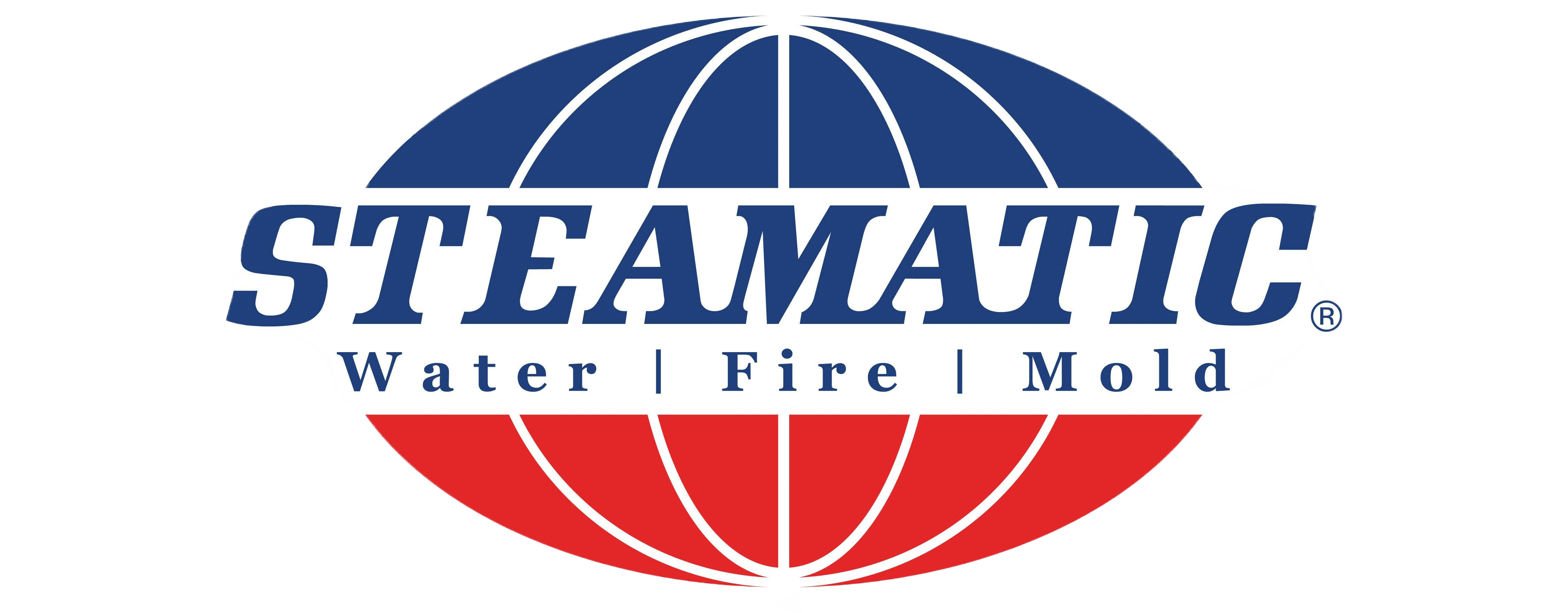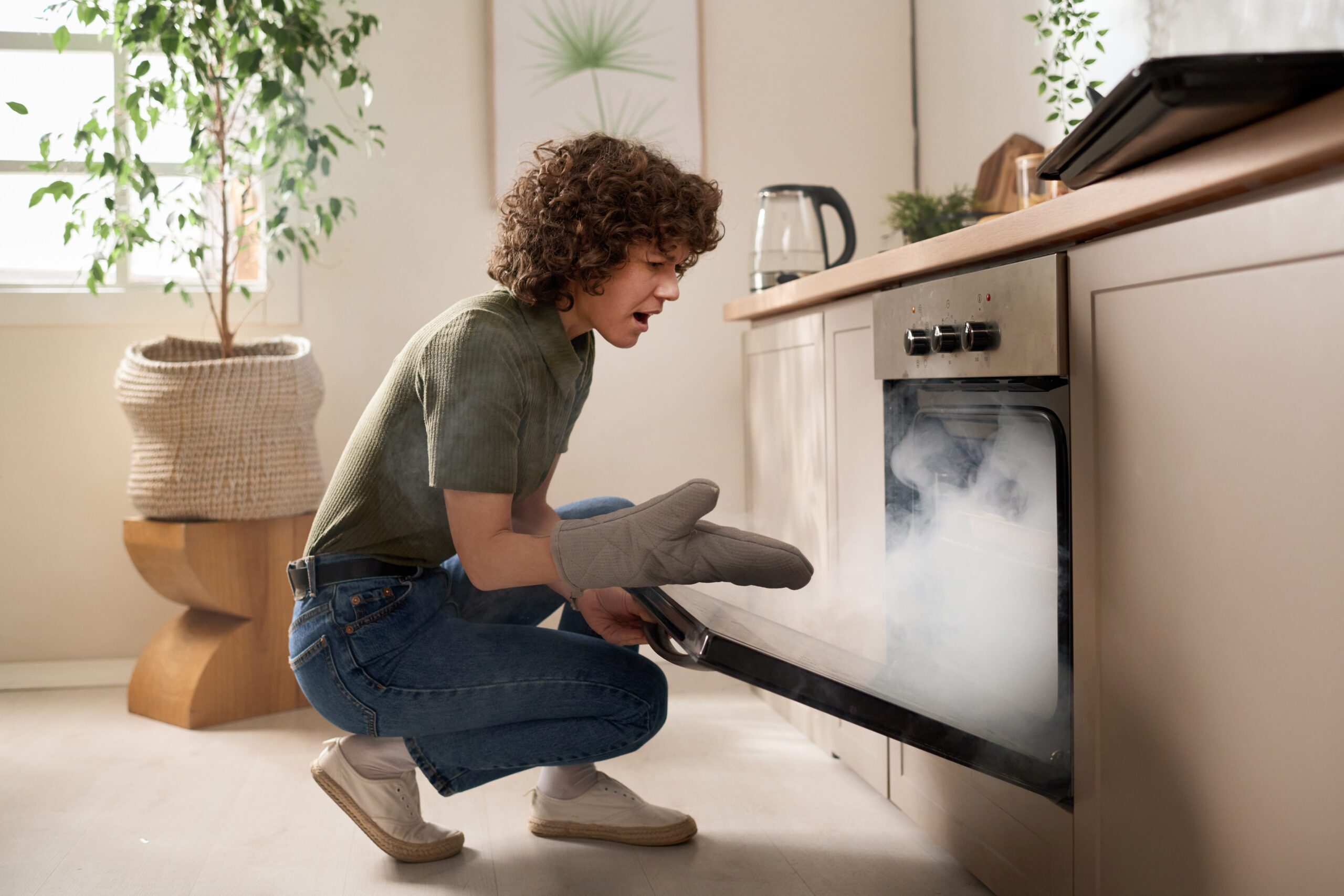When appliances are working right, they offer a lot of convenience. But appliances can frequently act up, developing malfunctions, performing inefficiently, and even breaking down. Depending on the appliance, they may even be at risk of superheating. Superheated gas can be hazardous, and homeowners need to be vigilant. Learn more about what a superheat is, what can cause superheated refrigerant, and how to protect your appliances from superheating.
Which Appliances Are at Risk of Overheating?
What is superheat, exactly? Superheated gas is any fluid that is heated beyond its given boiling point at any given pressure. For example, the boiling point of water is 212° F when it starts to turn to steam. But closed fluid systems can prevent the fluid from boiling away and make it get hotter and hotter as more heat is applied. There are two key appliances where superheating may be a risk: refrigeration and HVACs.
- What is superheat in an HVAC?: Superheat values can tell HVAC technicians how well your system is performing. A high superheat value means the freon only makes it a small distance through its coil before evaporating, while low superheat values mean the freon goes further through the coil.
- What is superheat in refrigeration?: For most refrigeration systems, superheat values should range between 10°F near the evaporator and double that near the compressor.
When superheat levels are too high, the appliance is at risk of overheating and has insufficient cooling. However, overheating can happen to multiple devices for many reasons, not just excessive superheating. Some of the appliances at risk of overheating are:
- Dishwashers
- Dryers
- HVACs
- Microwaves
- Ovens
- Refrigerators
- Vacuums
- Washing machines
The Warning Signs
When appliances are overheating, a common sign is that they produce unusual heat levels. But you can also stay alert for these common signs of overheating and the underlying causes of overheating:
- Electrical problems: These can be frayed or damaged electrical cords, breaker failures, hot or discolored outlets, and other unusual electrical behavior.
- Flickering lights, which indicate an overload
- Smoke, burning smells, and heat in the walls (especially for direct-wired appliances)
If you notice any warning signs around your at-risk appliances, turn off power to the area and call in a professional for an inspection.
Prevention Ideas
What is superheating and overheating prevention? Some easy-to-implement tips are:
- Make sure there is adequate airflow around hot appliances to allow cooling.
- Regularly inspect your electrical sockets and cords for any signs of damage.
- Keep your appliances clean, and wipe down the coils and vent grill of large appliances like your refrigerator.
- Schedule inspections to check the coolant of HVAC systems or heavy machinery regularly.
Ongoing maintenance is also crucial. Superheated gas and superheated refrigerant play a role in some appliances, but they must be carefully regulated. Ask your HVAC technician what a superheat in an HVAC is supposed to be and how you can ensure it stays within a proper range; they may advise DIY tips for good maintenance or work with you to arrange ongoing inspections and tune-ups.
Contact the Steamatic of Red River Valley Today
Knowing that your property’s heavy appliances are operating properly can give you peace of mind. But when things go wrong, overheated appliances can cause fires, scorch marks, and lingering burn smells. The Steamatic of Red River Valley team is here to help when you need to make repairs to your property or clean up your property after a fire. We can also help with general appliance cleanup and routine cleaning. Reach out today to learn more about our services and how we can help.
Image Credit: Media_Photos / Shutterstock








